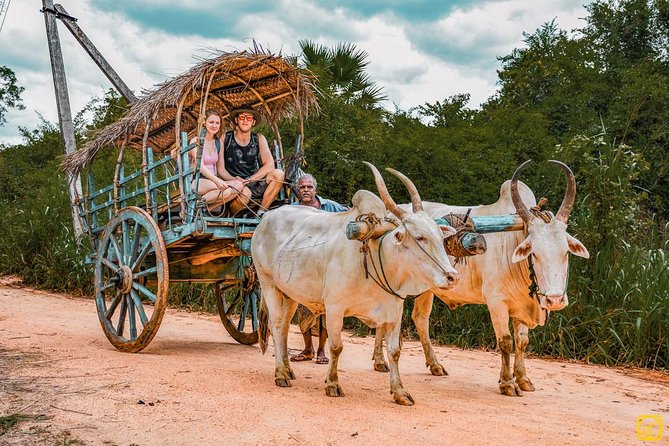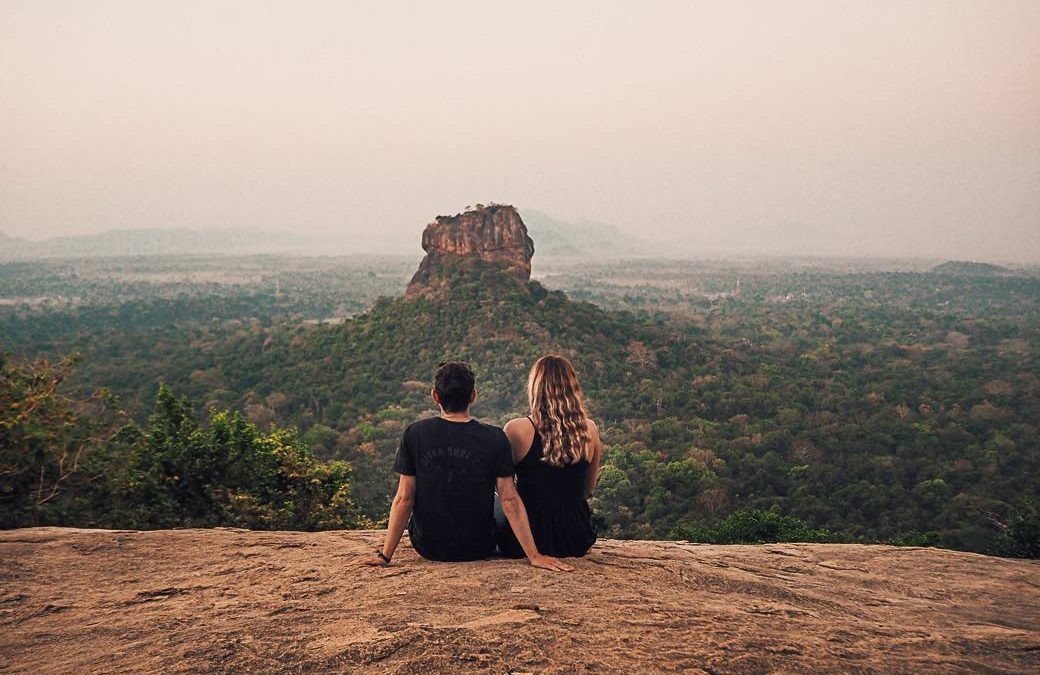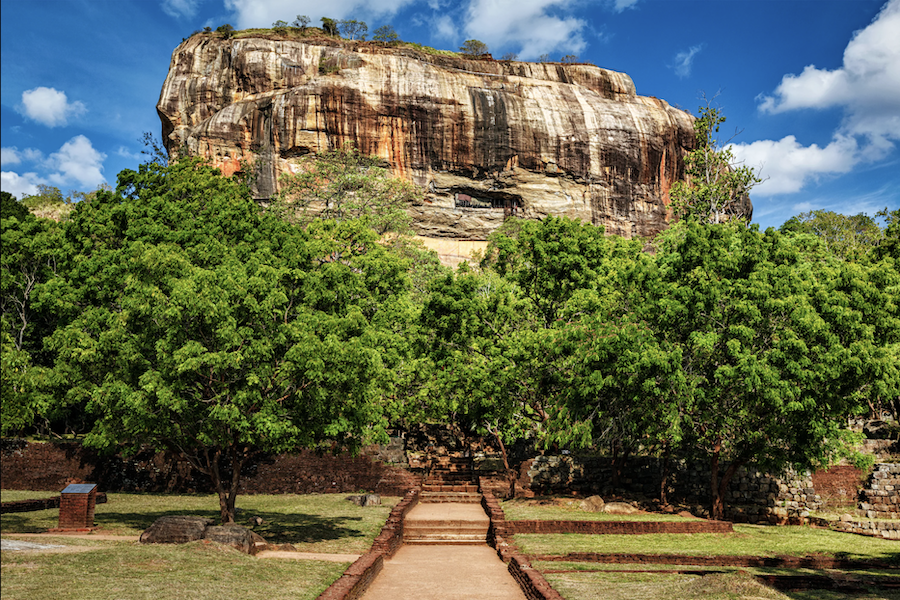
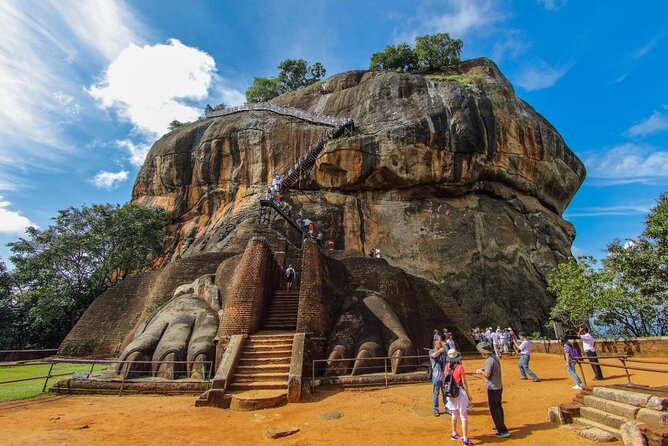
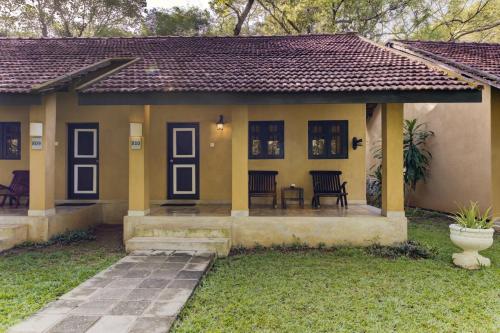
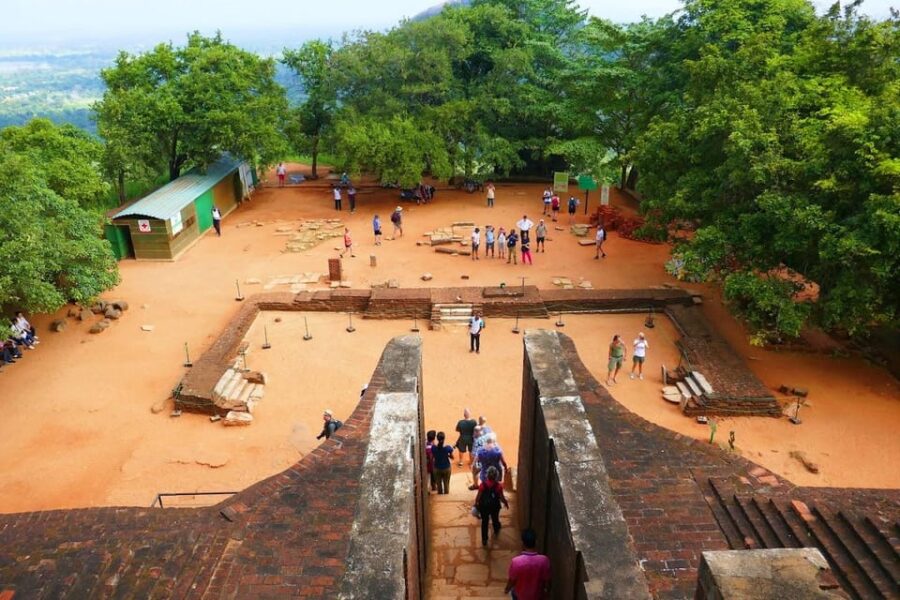

Sigiriya
Sigiriya, often called the "Lion Rock," is an ancient rock fortress and palace complex located in the Central Province of Sri Lanka. It is a UNESCO World Heritage site and is considered one of the most important archaeological and historical treasures in the country.
Here are some key facts about Sigiriya:
History: The site's history is a dramatic tale of ambition and betrayal. It was built in the 5th century CE by King Kassapa I. According to the ancient chronicle Cūḷavaṃsa, Kassapa seized the throne after a power struggle with his half-brother, Moggallana, by having his own father, King Dhatusena, killed. Fearing Moggallana's return, he moved his capital and built an impregnable fortress and palace on top of the massive rock. After Kassapa's defeat, the site was converted back into a Buddhist monastery, which it had been before his reign, and was used as such until the 14th century.
The Rock: The site is dominated by a monolithic granite column that rises approximately 180 meters (590 feet) above the surrounding plain. The name "Sigiriya" is derived from the Sinhalese words Sinha-giri, meaning "Lion Rock," a reference to the enormous lion statue that once guarded the entrance to the final ascent to the summit. Today, only the massive paws remain.
Architecture and Engineering: Sigiriya is an outstanding example of ancient urban planning and engineering. The complex includes:
The Palace on the Summit: The ruins of the royal palace, including cisterns and pools, are located on the flat top of the rock.
The Lion Gate: A large platform halfway up the rock where the massive lion entrance was constructed. Visitors today climb through the remains of the lion's paws.
The Mirror Wall: A wall near the frescoes that was once so highly polished the king could see his reflection. It contains graffiti from centuries of visitors, offering valuable insights into the development of the Sinhalese language.
The Frescoes: A gallery of exquisite, world-renowned frescoes of female figures, often called "Heavenly Maidens," painted on a sheltered rock face.
The Gardens: The extensive and elaborate gardens at the base of the rock are considered some of the oldest landscaped gardens in the world. They are divided into three types: water gardens, boulder gardens, and terraced gardens. The water gardens are particularly notable for their advanced hydraulic systems, which still function using gravity and pressure.


